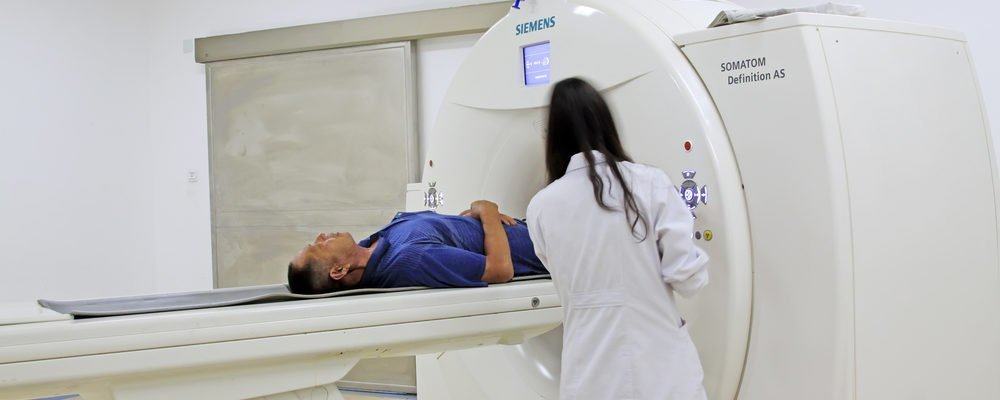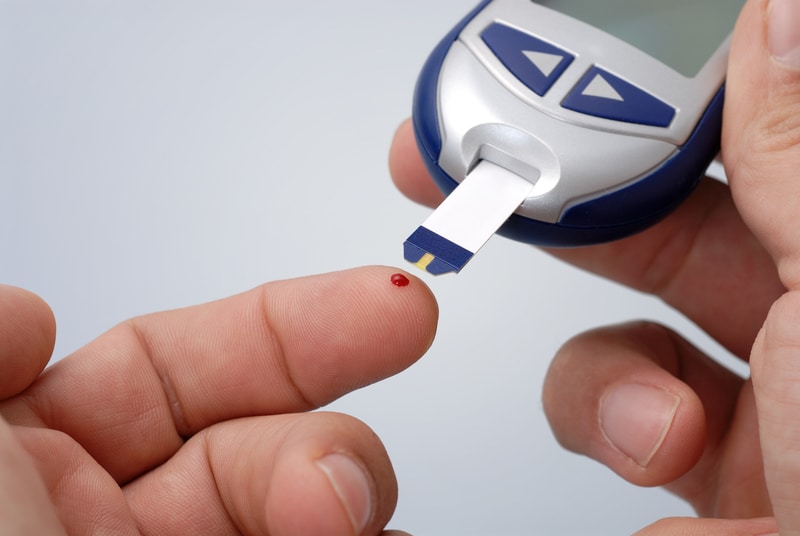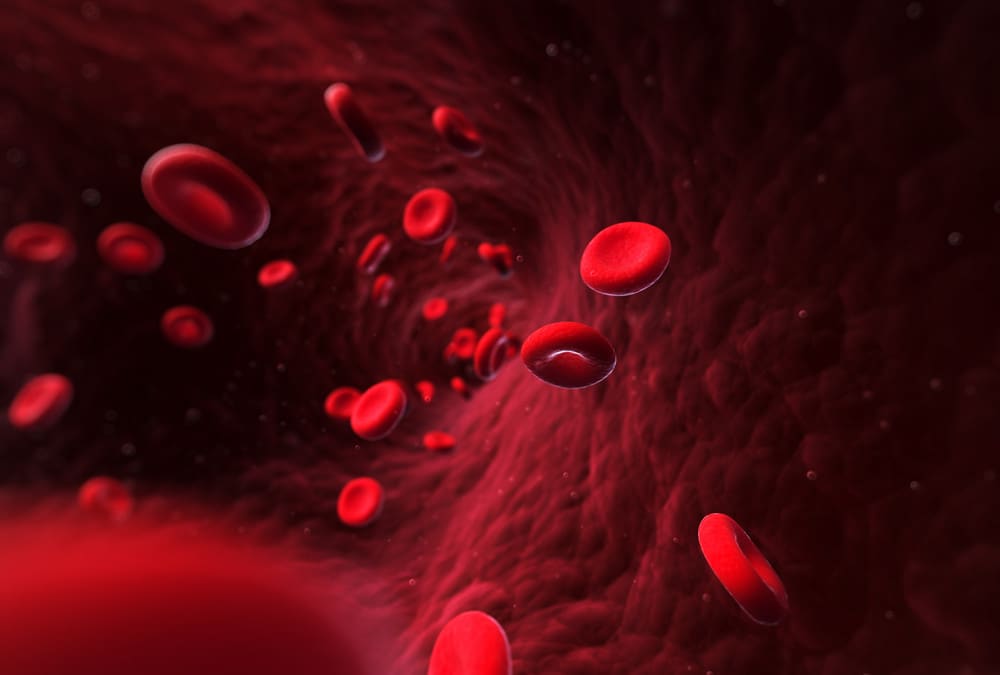Contents:
- Medical Video: Cancer Treatment: IMRT (Radiation Therapy)
- Overview of radionuclear therapy
- How it works radionuclear therapy
- Types of cancer that can be treated via radionuclear
- Is it more effective than chemotherapy?
- Possible side effects from radionuclear therapy
- Radionuclear development in Indonesia
Medical Video: Cancer Treatment: IMRT (Radiation Therapy)
The first time you hear the word "nuclear", the first thing that comes to your mind is probably the World War II atomic bomb explosion. Eits, wait a minute. Along with the development of technology, nuclear is not only used as a weapon of war. In recent years, nuclear energy has been exploited by the world of modern medicine to treat cancer. This new treatment is called radionuclear therapy. How it works against cancer, and whether it is more effective than common cancer treatments— like chemotherapy or radiotherapy?
Overview of radionuclear therapy
Simply put, radionuclear therapy is a medical procedure that involves heat from nuclear power which can be used for imaging diagnosis or disease therapy.
Radionuclear therapy combines two concepts of radiological technology and nuclear power. Radiology is a medical procedure to scan the inside of the body using radiation or wave radiation— both electromagnetic waves, sound waves, or very high waves (ultrasonic). Meanwhile, nuclear power is heat generated from a nuclear atom breaking reaction.
Radiology has the role of finding and mapping the location of the presence of cancer cells and their distribution. Meanwhile, heat from nuclear acts as a conduit for drug substances to kill cancer cells in specific target areas.
How it works radionuclear therapy
Before undergoing radionuclear therapy, you will undergo body imaging to map the location of cancer cells and their possible metastases. The team of doctors who handle you can then prepare the type and dose of radioisotope drugs (containing radioactive compounds) that are tailored to your physical condition.
After you are declared ready, the drug is then injected directly into the vein. Within minutes, this drug will run towards the location of the targeted cancer cell.
During receiving therapy, you must be isolated in a special room and undergo hospitalization so that it does not pollute the surrounding environment until the levels of radioactive material are below reasonable limits (harmless). During treatment, you may need to wear a mask or other protective equipment that will block radiation from affecting other parts of the body.
But calm, the radiation material will naturally be released through sweat, urine, or feces. That's why you are also advised to increase fluid intake while undergoing radionuclear therapy.
Radionuclear therapy itself only lasts a few minutes, and it doesn't hurt at all.
Types of cancer that can be treated via radionuclear
Not all types of cancer are subject to radionuclear therapy. The following are types of cancer that can be treated with radionuclear therapy.
- Thyroid cancer
- Nasopharyngeal cancer
- Lymph node cancer
- Neuroblastoma (cancer of nerve cells in children)
Is it more effective than chemotherapy?
Radionuclear therapy and chemotherapy work differently. Chemotherapy uses special drugs designed to aim and kill cancer cells that divide rapidly. However, chemotherapy drugs can also kill healthy and normal body cells. That is why chemotherapy usually raises a variety of side effects, from hair loss to digestive problems.
Meanwhile, nuclear heat radiation can be specifically targeted to target specific areas. Thus, the dosage of the drug used in radionuclear therapy can directly destroy malignant tumors and metastasis without damaging the normal healthy tissue around it. Even if there is damage, relatively mild. In addition, this therapy is effective for reaching all malignant tumor cells wherever the cell is localized.
On the other hand, chemotherapy drugs work through your entire body, not just specific parts, so chemotherapy can more effectively prevent cancer cells from spreading to other parts of the body.
In essence, every cancer treatment has its uses and consideration of the risks of each. The doctor will work with you to look at all your choices, and ensure that you get the best care for your needs.
Possible side effects from radionuclear therapy
There are several side effects after radionuclear treatment. Here are some common symptoms:
- Nausea.
- Gag.
- Discomfort in the body.
- Psychological side effects (eg loneliness, stress, or depression) because they must be isolated for some time.
Radionuclear development in Indonesia
Radionuclear therapy has been applied in Indonesia in recent years. However, cancer treatment with this method is still very limited and only available in some hospitals in big cities. The costs that must be spent are also fairly large for several therapy sessions.
However, it is not impossible that in the next few years the number of radionuclear-based flashlights can increase with increasing demand and there are many skilled resources working on this method.












